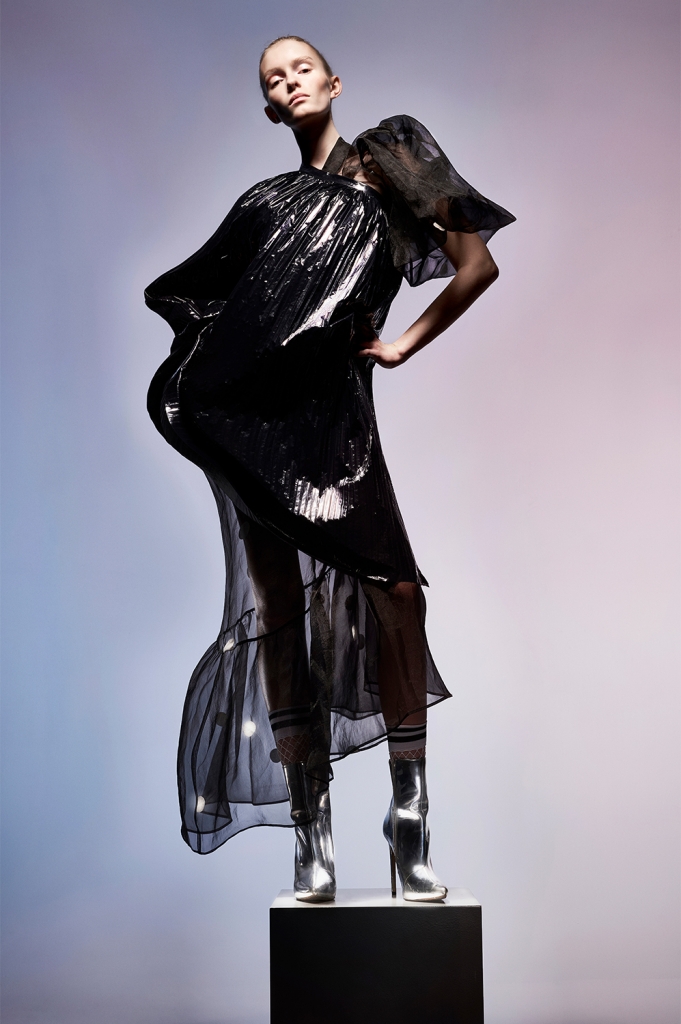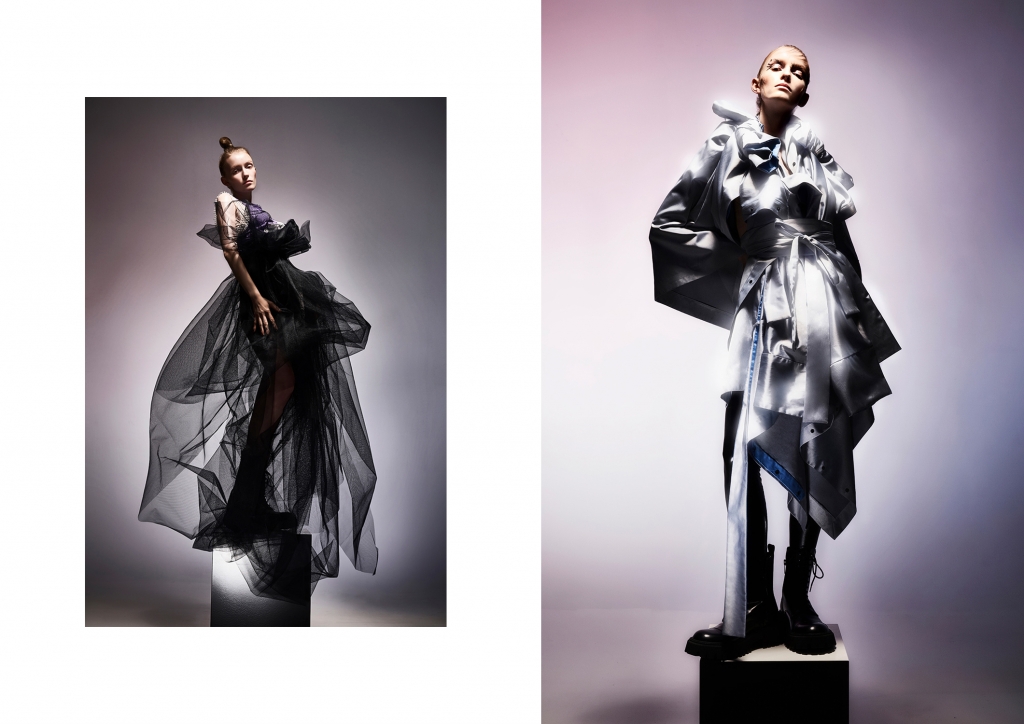Fusion
Interview with Jörg Schieferecke
Jörg, you are very well known for your stills and you transfer stylistic elements of still life photography into other genres. Do you also see it that way as well? And if so, where does that come into play?
Yes, you could say that, although in fashion photography I try to shoot a bit more spontaneously, whereas in still life the boundaries are usually a bit tighter. That´s probably mainly reflected in the lighting and composition of the image and the fact that the image is created in the mind beforehand.
Would you say that photographers who work intensively with still photography deal with fashion or beauty differently?
Certainly not all, but probably many, especially in fashion. In contrast to beauty, where a lot of still photographers feel comfortable, because they´re used to work so precisely. In addition, the lighting can be as pronounced in beauty as in still photography.
The current series shown here is very classic, almost reminiscent of Irving Penn?
Exactly that. I wanted a more classic look, with simple elements and an extreme lighting setup –
this to transport something classic into the present. Our approach was more on form and light and strong contrasts, focusing on shapes with a clear guidance towards light.
You are also into video. Do you see a contradiction here to your work as a photographer, or do you think the boundaries can no longer be drawn so sharply?
I actually wanted to become a director, but along the way I became fascinated by photography. That's one of the reasons why I find it exciting to do video as well. I do increasingly more jobs where I shoot in the studio in a film lighting set-up, so that I can film directly afterwards. The line between photo and film is becoming more and more a rather blurry one – at least for me!
Your images glow in a special way - you like to play with light effects and reflections. What is the special approach here and to what extent is post production important? Do you rely on third parties here, or do you do it yourself?
That's where we get back to your opening question, which I guess is probably really because of my first stations in photography. I started with still life at a time when there was almost no image processing. I was still very young and didn't have the money for elaborate retouching. Therefore the slide or negative had to immediately correspond to the final image. Thus, at that time, image composition, light, etc. were extremely important. I still keep it that way today. As a result, every now and then my customers say - and rightly so - "Let's do that in the image processing department, it's faster."
Nevertheless, I still try to get as close as possible to the final image when shooting while postproduction is of course an important part of today's production chain. And of course, I rely on external partners for this, especially under extreme time pressure and for larger campaigns. Then I usually do a mood and then just check if everything is moving in the right direction. But for smaller jobs, editorials or freelance projects, I sometimes prefer to do it myself.



